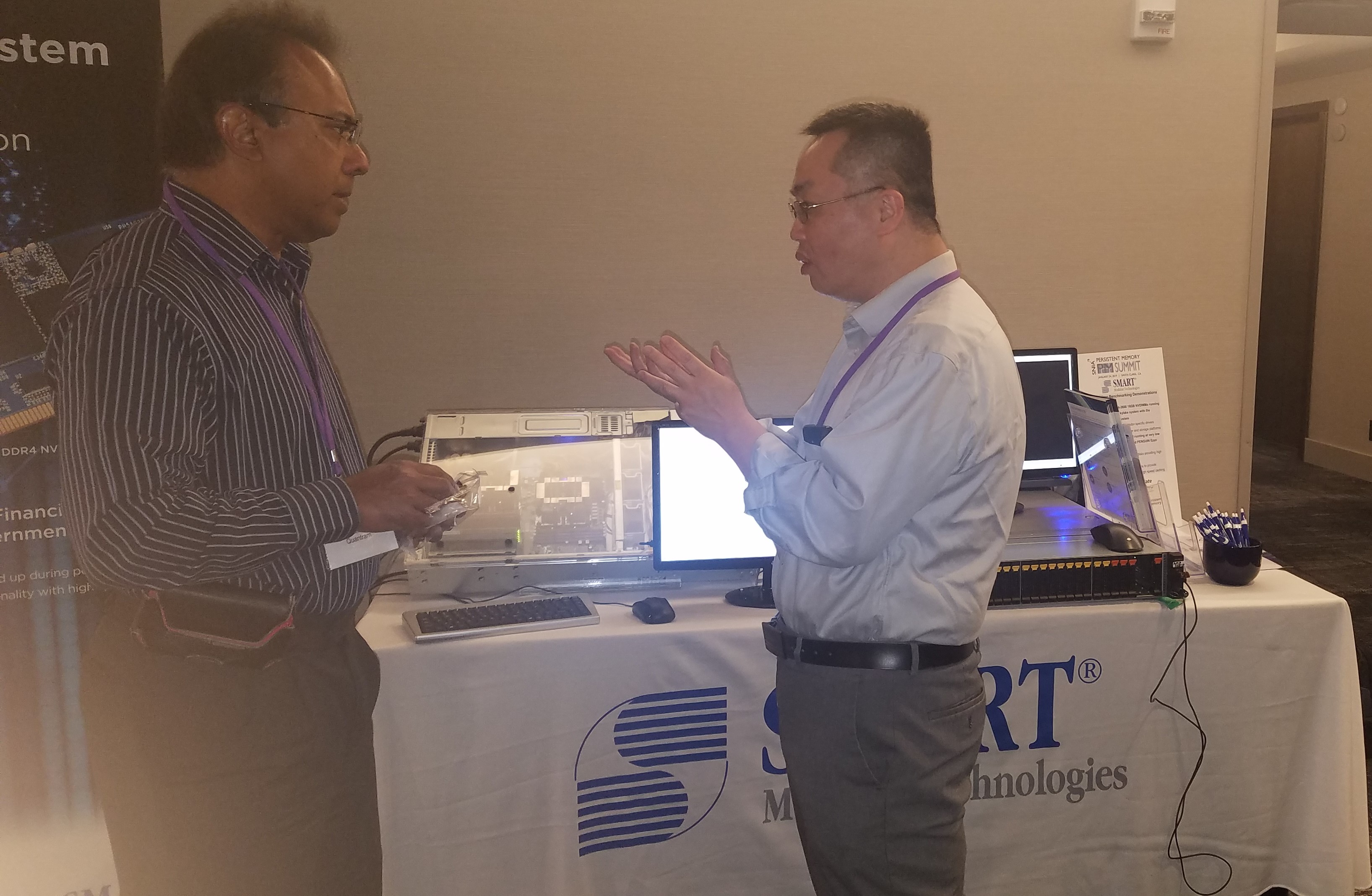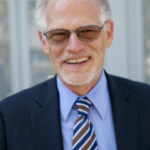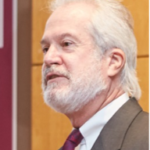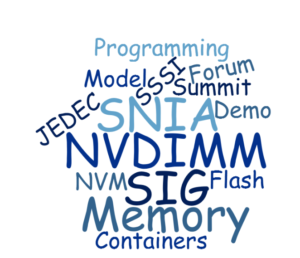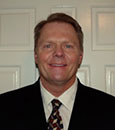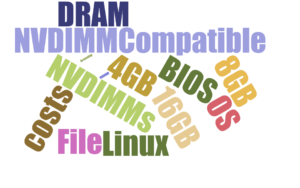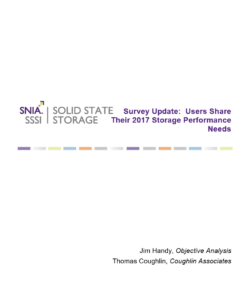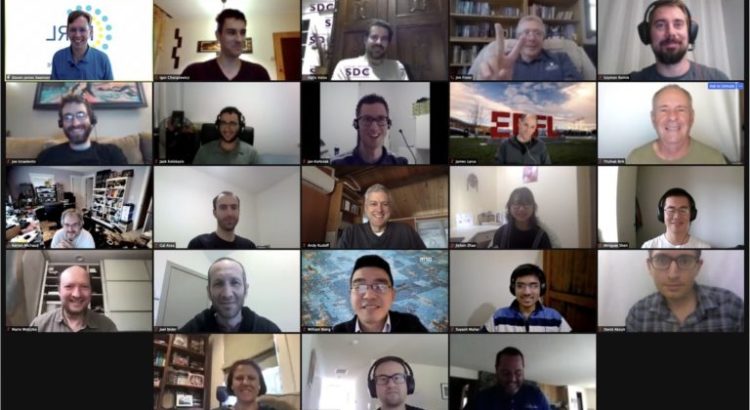
Cutting Edge Persistent Memory Education – Hear from the Experts!
Most of the US is currently experiencing an epic winter. So
much for 2021 being less interesting than 2020. Meanwhile, large portions
of the world are also still locked down waiting for vaccine production.
So much for 2020 ending in 2020. What, oh what, can possibly take our
minds off the boredom?
Here’s an idea – what about some education in persistent memory programming? Read More

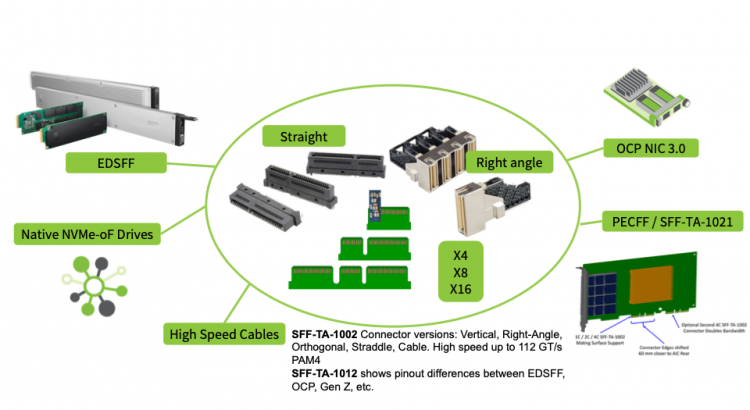
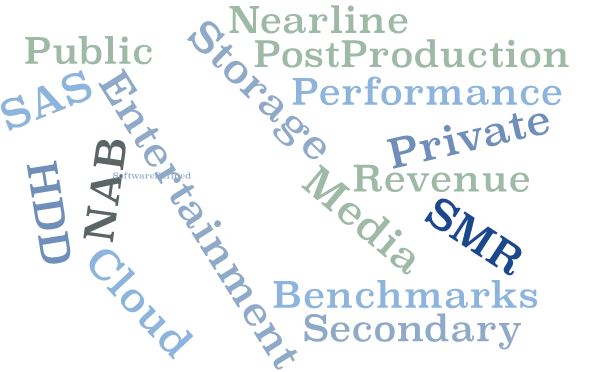 Thanks to all who attended or listened on-demand to our recent SNIA Solid State Storage Initiative (SSSI) webcast on
Thanks to all who attended or listened on-demand to our recent SNIA Solid State Storage Initiative (SSSI) webcast on 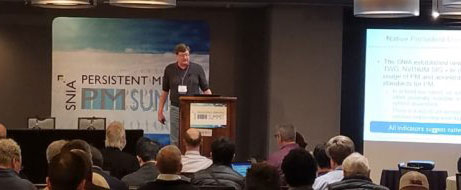 Leave it to Rob Peglar, SNIA Board Member and the MC of SNIA’s 7th annual
Leave it to Rob Peglar, SNIA Board Member and the MC of SNIA’s 7th annual 